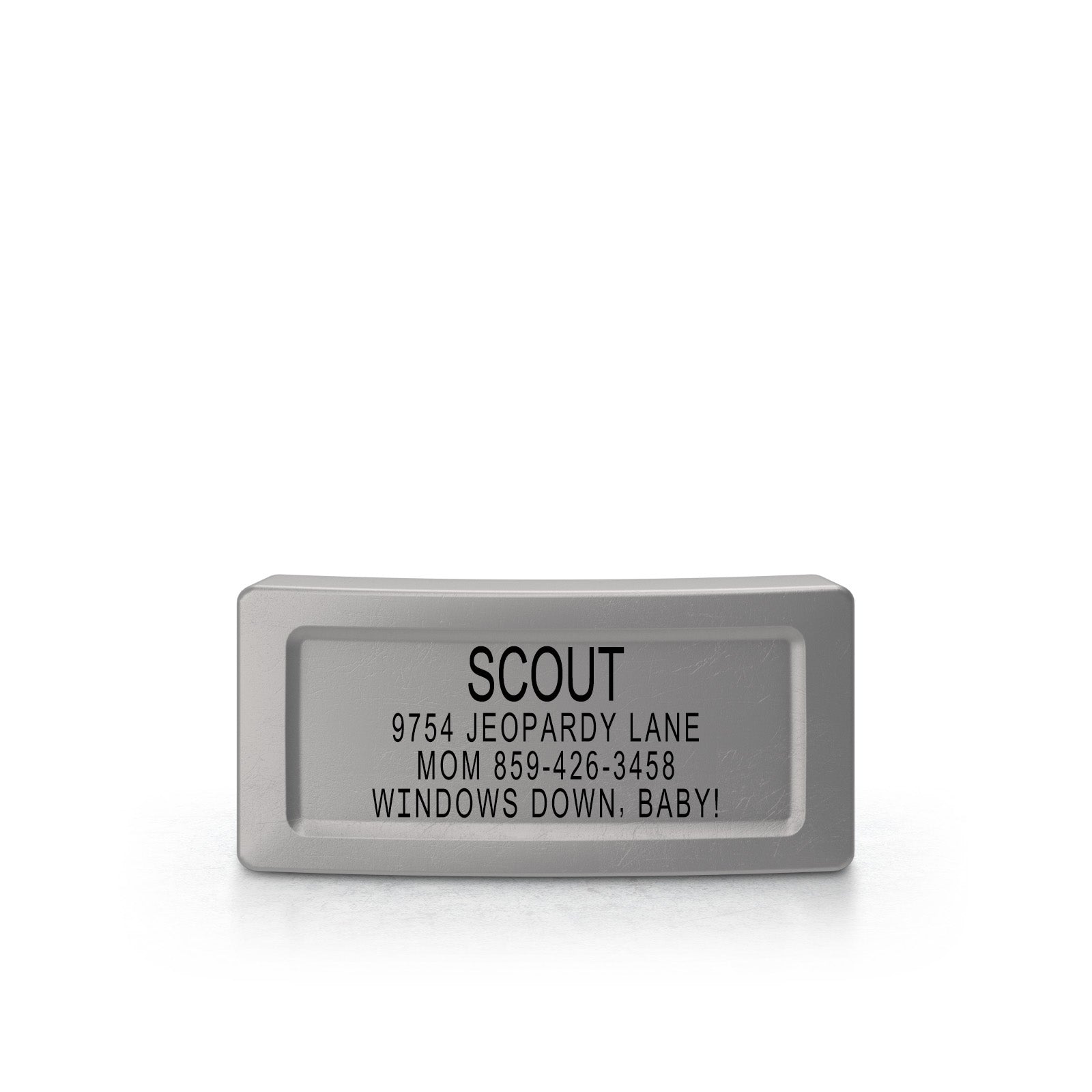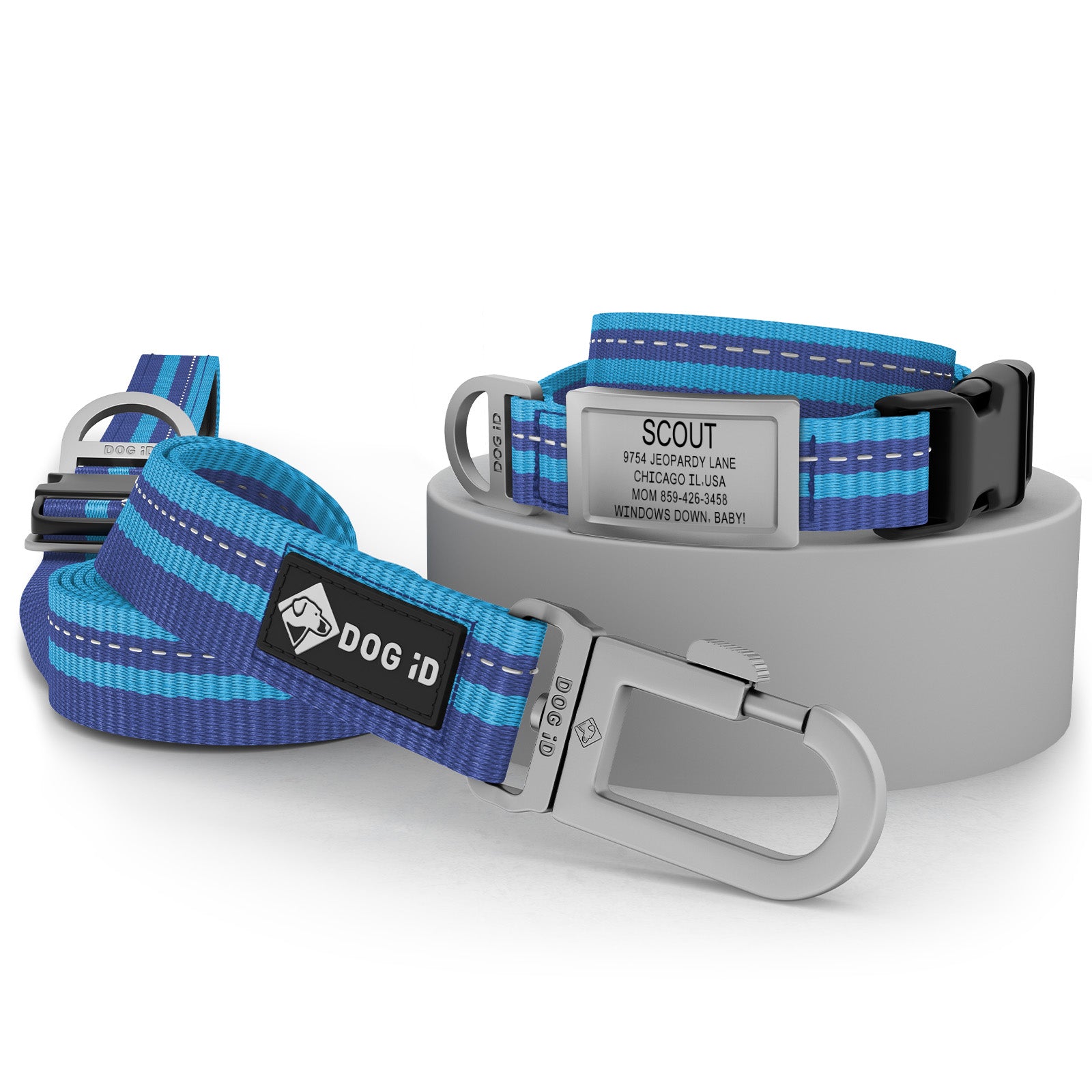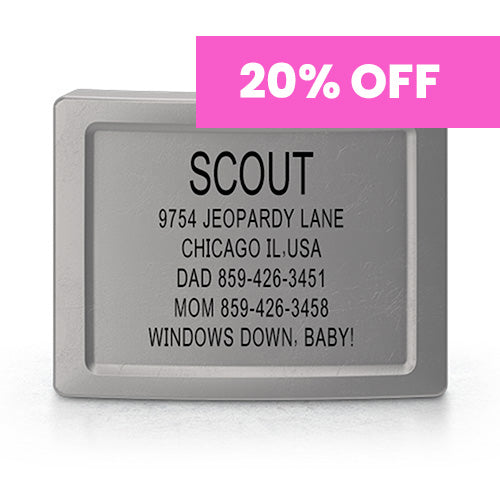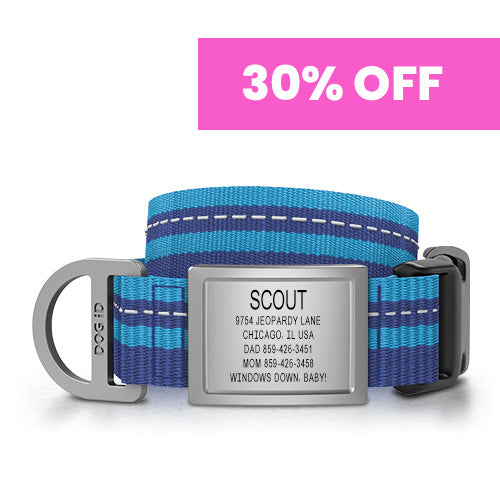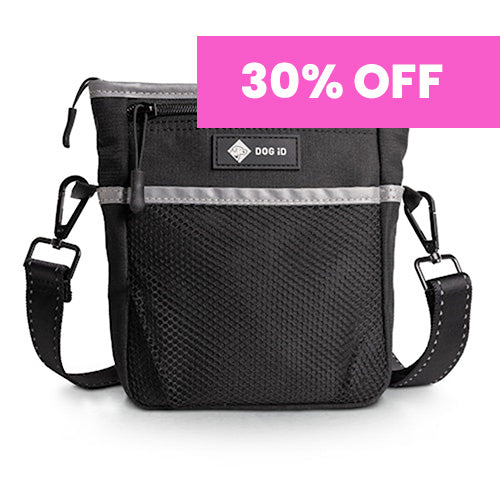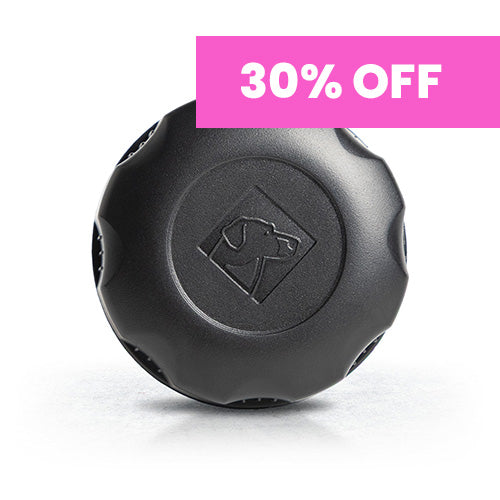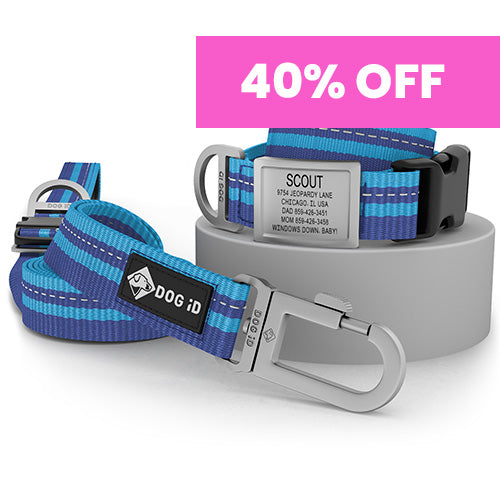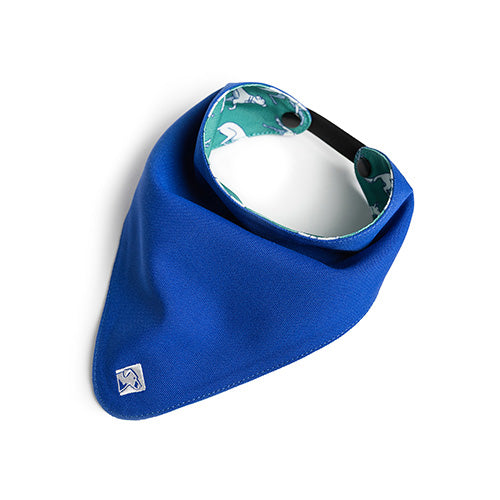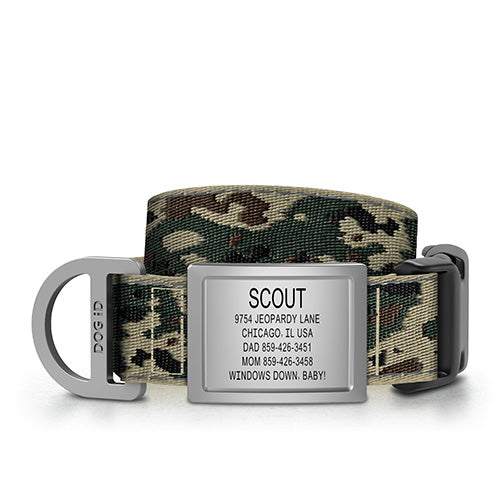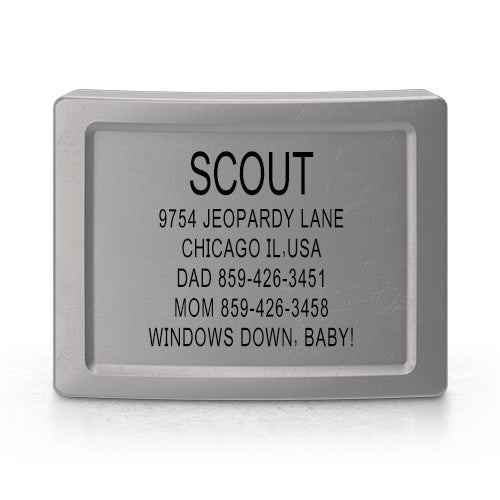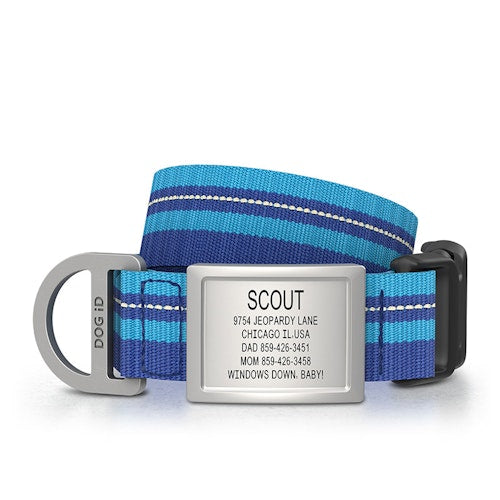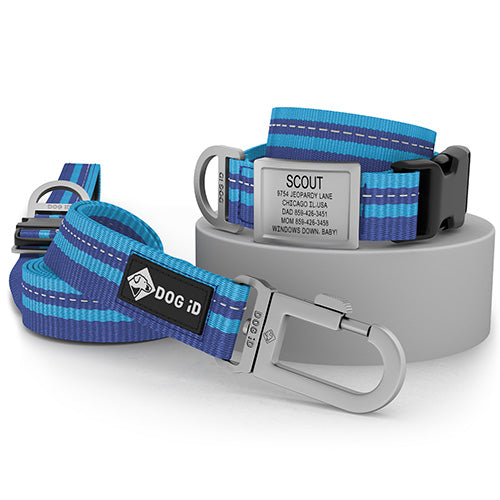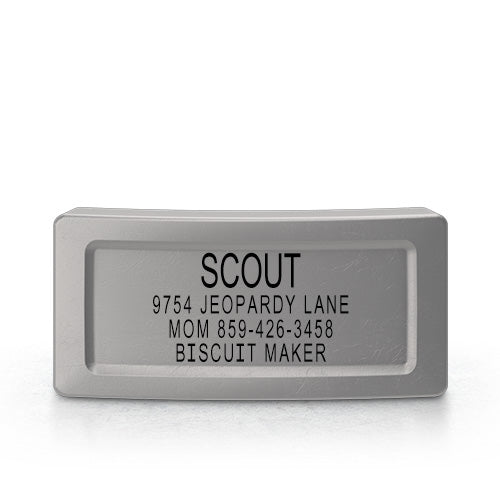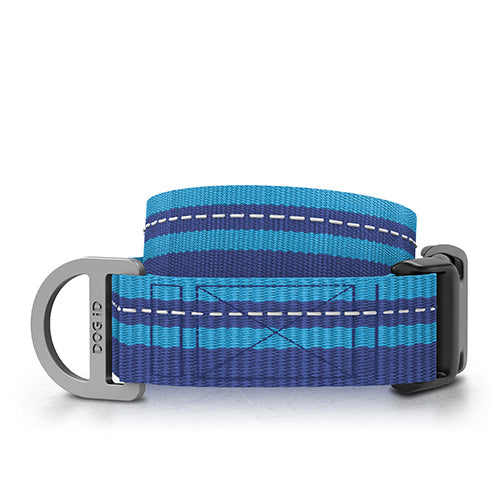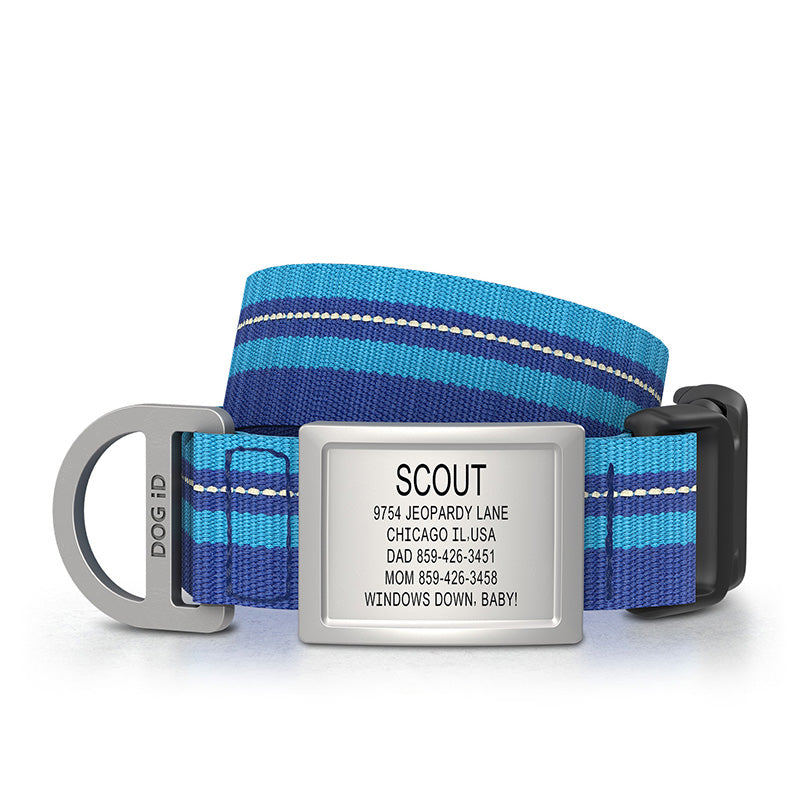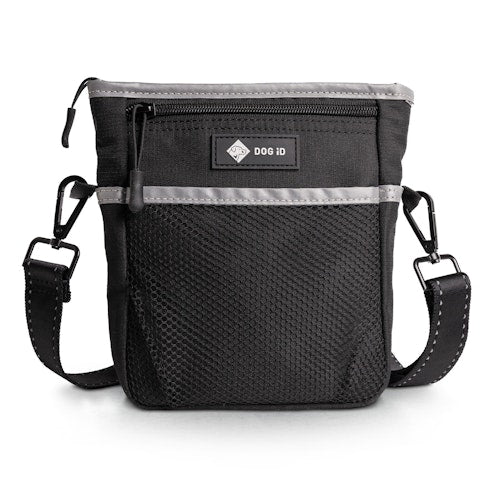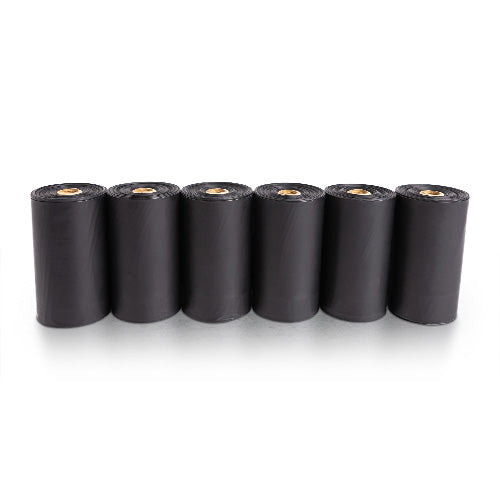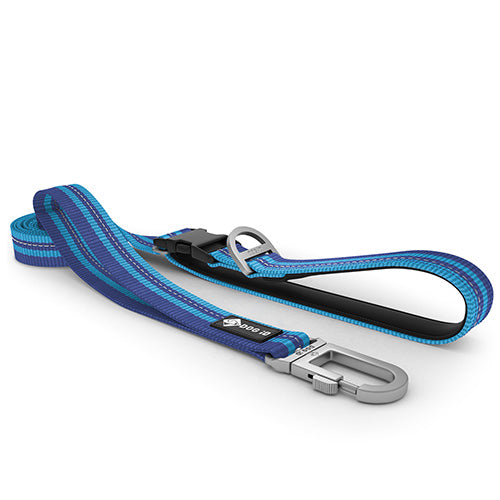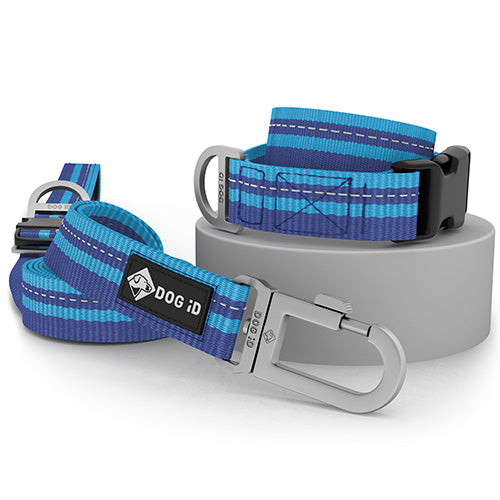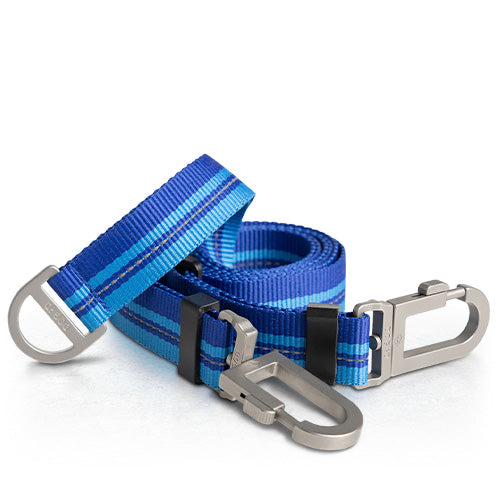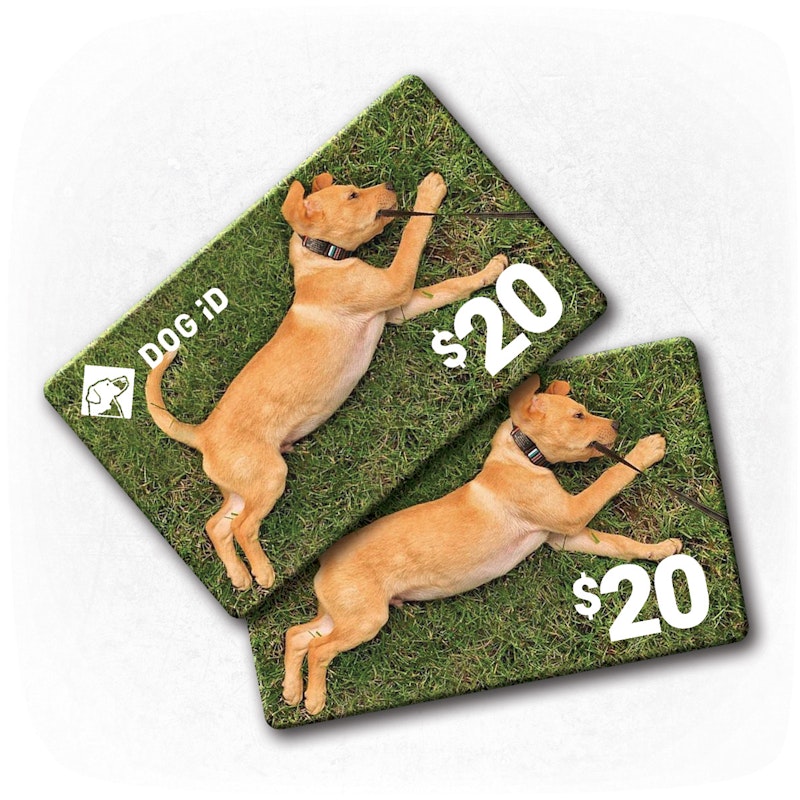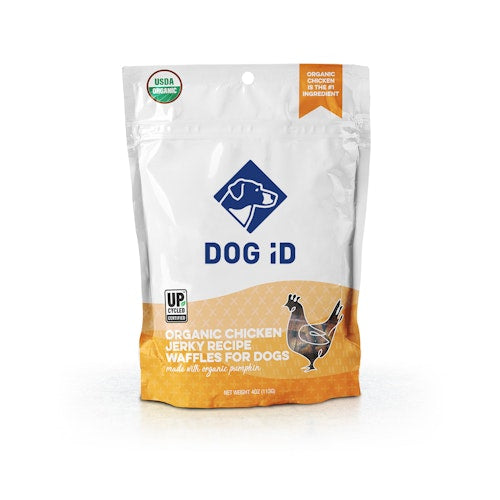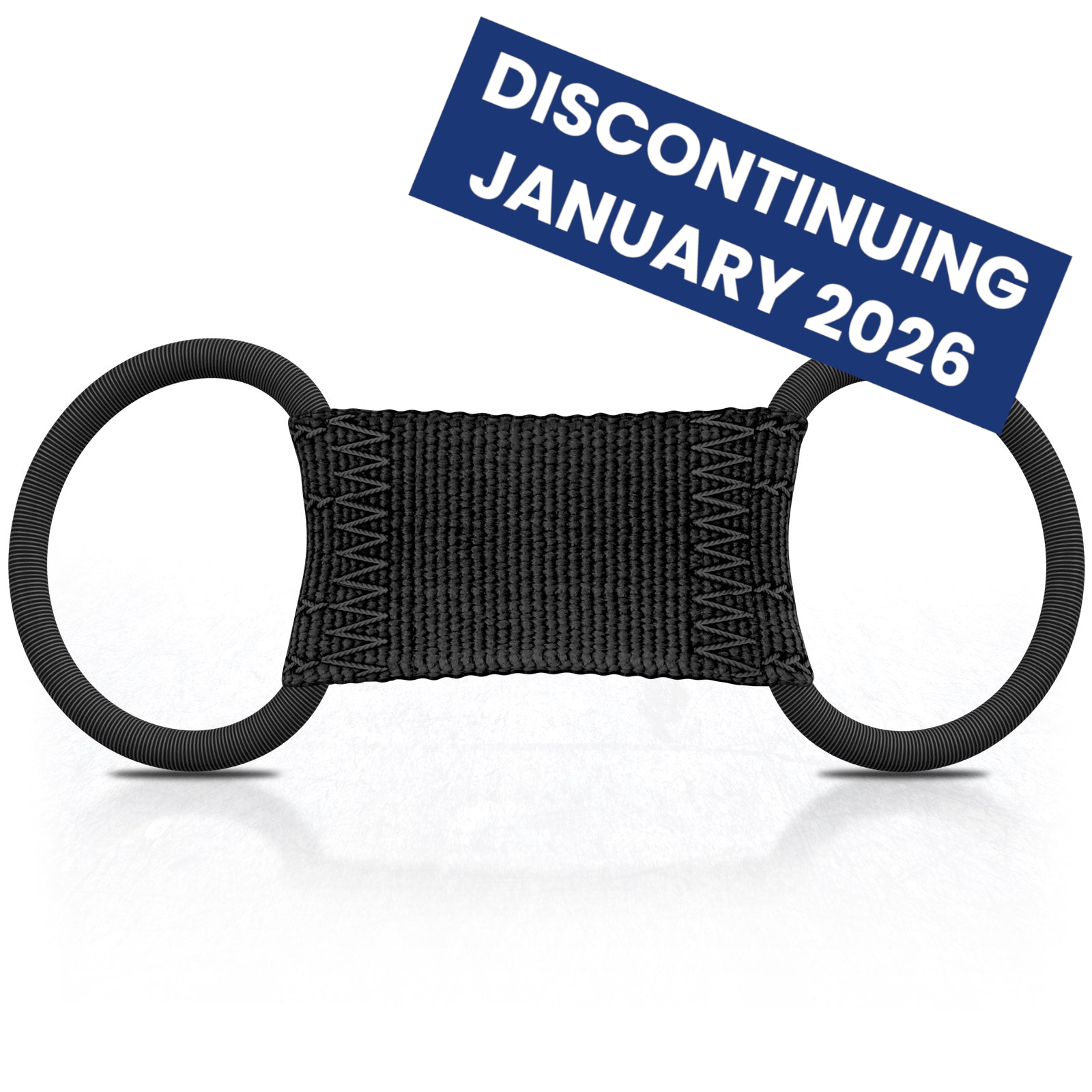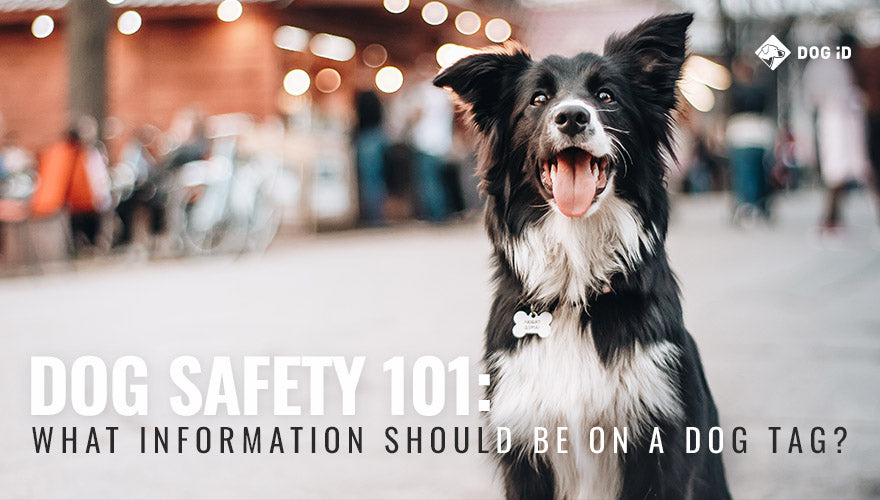Your number one concern as a dog owner is your pet’s health. Whether it’s watching their diet or ensuring they get enough exercise and bathroom breaks every day, you’re likely doing all you can to guarantee they’re comfortable and healthy. But could there be something you’ve looked past?
One thing an owner can overlook is their dog’s identity. While you don’t need to carry around a separate state-mandated identification card for them, you should always make sure they’re wearing a dog tag.
Custom dog ID tags are the most preferred among dog owners, as it allows them to add whatever relevant information they want to. But you’re probably wondering, “What do I put on a dog tag?”
From adoption to enhancing their daily comfort, here’s how you can make the most of your dog’s life while keeping them safe at all times.
Getting Started with Your Dog
If you’re new to adopting, there’s much you’ll need to cover with your new dog, from basic training regimens to welcoming them into your home and setting limitations. But you’ll also have to cover the safety basics.

First and foremost, you need to make sure that you set up an appointment with your local vet. They’ll be able to determine whether your dog needs any medications or vaccinations, or if there are any medical conditions that will need to be watched out for in the future.
After that, you’ll need to start implementing safety devices throughout your home. A cage is one of the first essentials, as you’ll want a personal place for your dog — as they’ll need separation from you for their own personal wellness. After that, you’ll want to have a proper leash and collar so you can take them out on walks and hikes while keeping them secure.
That’s when the time comes to get them a proper dog collar. Just as runners will wear ID bracelets to identify their body in the event of an accident or medical emergency, your dog should have a proper dog tag that can identify them if they ever become lost.
But what do you put on the dog tag?
What to Put on Your Dog’s ID Tag
So you need to get your dog an ID tag? But what do you specifically put on it? And how detailed do you make it?
Primary Contact Info
How can you ensure your dog will be safely returned to you if a stranger finds them wandering? There’s no perfect way to guarantee that your dog will make it home safely, but your best bet is providing your information.
Having your contact information clearly engraved allows a stranger to know: 1) who to get in touch with and 2) that this dog has a home. The former is essential to allowing a stranger to contact you, having info such as your name, phone number and/or address.
To the latter, your dog is more likely to be returned if a stranger knows they have a home. Otherwise, they might feel compelled to either bring the dog to a pound or even take them for themselves.
Secondary Contact
Sometimes you’re away from your phone or not at home. What do you do in the event that you’re away from all forms of contact? You should have a secondary contact engraved on your dog’s tag, whether that be a friend or another family member. They can cover for you and your dog if you aren’t around when it’s most needed.

This is key. Even if you live alone, list a trusted friend or family member who will answer their phone in the event that your phone is down the hall or on the fritz.
A Reward
We would all hope that people would do the right thing. If someone found a lost dog, they would do all they could to return them to the rightful owner. However, some people do not have such positive intentions.
To ensure they do the right thing, you can clearly state that you’ll provide them with a cash reward for safely returning your dog to you. But if you do offer one, don’t refuse to pay up when the time comes. You’re trying to convince someone to do the right thing, and you should give them the same respect.
Personal Quirks
Your dog is bound to have some personality traits that make them unique. It’s the reason you love them, after all. But what makes them so special might not be immediately obvious to a stranger, especially if your dog is skittish around unknown people.
It’s best to have these personality quirks engraved on your dog’s ID tag, both for their safety and the safety of strangers they come in contact with. This can include information like:
- I look mean but I’m a teddy bear
- I’m scared of cats
- I don’t do well with kids
- Strangers scare me
- Takes time to relax
- Butt scratches calm me down
- Loves kids, bad with other dogs
- Enjoys personal space
- Hates loud noises
This information can keep them safe in the event that someone finds them, giving the stranger an idea of what (not) to do with them. Knowing these basic things can ensure their comfort while keeping the stranger safe while your dog is in their care.

Medical Complications
Does your dog have a medical condition? Do they take a daily medication that they can’t go without? Do they have allergic reactions to specific foods and products? Do they have bad hips or knees?
You should make this information clear. If your dog wandered far off from your home, it’s likely the stranger won’t be able to return them for a few days. If they know they need a specific medication, they can consult a nearby vet to guarantee they remain safe in the meantime.
Their Name
Now, listing their name is trickier than you might think. It’s not difficult, per se, but it is contentious. Some owners think it’s essential to list your dog’s name, as it makes it apparent that they have an owner and family they love.
However, others disagree, saying that a stranger with bad intentions will use your dog’s name to calm them down, comfort them and eventually steal them.
If that thought scares you, there’s an alternative. Rather than having your dog’s name engraved on their ID tag, have a saying like “I AM LOVED” engraved. That’s a simple way to tug at a person’s heartstrings, hopefully influencing them to do the right thing.
Why Your Dog Needs a Proper ID Tag
It’s important that you properly identify your dog. The DOG iD dog tags make it easy to protect your dog, without endangering their health. Our dog tags are designed to sit firmly and flatly on existing collars, versus the traditional hanging metal dog tag. They won’t get caught on nearby objects or make noise every time your dog gets up and moves around the house.
Our dog tags go a step further, though, especially when combined with a solid dog collar.
The Collar + ID is a step up from our line of dog tags. Rather than having to put your dog’s ID tag onto their existing collar, the Collar + ID comes screwed into the collar. Consider it an increase in security. The collar is comfortable while sturdy, all while ensuring the engraved ID tag doesn’t sway, clang or fall off from their collar.
This construction and integration is important, as it means your dog will have a well-constructed, snug-fitting collar. Added hi-vis stitching means that your dog will be easily seen at night, too, protecting the two of you on early-morning or late-night walks.
Other Identification Methods
Besides outfitting your dog with a proper dog tag and collar, you should consider implementing other types of identification. These are simple ways to give your dog a regional identity, allowing them to be identified and returned in the event they go missing. Some types of tracking and identification are even required by regional governments.
Licensing with the County
It’s almost always required that you properly identify your dog with your local government. Your local county often requires pet owners to license their dog so they can be kept among a larger database for pets in the region.
They’ll often need your pet to be identified so they can also be tested for rabies. This is essential, especially in the event that your dog happens to bite another animal or a person. In the event they are bitten, a stranger can consult the local county’s records to determine whether your dog was vaccinated or not. Knowing for certain can save them from having to go through the long, expensive trouble of getting vaccinated for rabies themselves.

Microchipping
Another common form of identification that your vet can help with is microchipping. Microchipping works by planting a literal micro-sized chip under your dog’s skin, which can be scanned by other vets and shelters with the right tools. Upon scanning, the scanner will be able to immediately read off the identifying information about your dog.
This can be especially helpful in the event your dog goes missing and is brought to a pound, shelter or local vet. One of the first things they’re going to do, besides a basic physical inspection, is to check for tags and microchips. It will be far easier to safely have your dog returned if they have a microchip already installed.
This works wonders in the event your dog loses their collar or dog tags while out in the woods. Even if they lose that physical identification, they will still have their microchip underneath their skin.
Tracking Apps and Tech
Personal trackers also exist and can be used by dog owners. These GPS devices are often attached to your dog’s collar. They will connect wirelessly to an app on your phone, allowing you to actively track your dog’s location, wherever they are. These are often inexpensive and add an extra layer to securing your dog.
Protect Your Dog at All Times
The best thing you can do for your dog is to provide them with a safe, comfortable, happy life. Make sure they have the information to get safely back to you in case they ever get lost. Provide your dog with our seamless, custom dog ID tags. Not only do they make it easy to identify your dog and their personal quirks, but they’re safer than the traditional hanging, clanging metal dog tags. Give them the best. They’d do the same for you.
Image Credits
Julia Zavalishina/Shutterstock.com
Ovchinnikova/Shutterstock.com
eva_blanco/Shutterstock.com
Josep Suria/Shutterstock.com
aonip/Shutterstock.com
Todorean-Gabriel/Shutterstock.com
